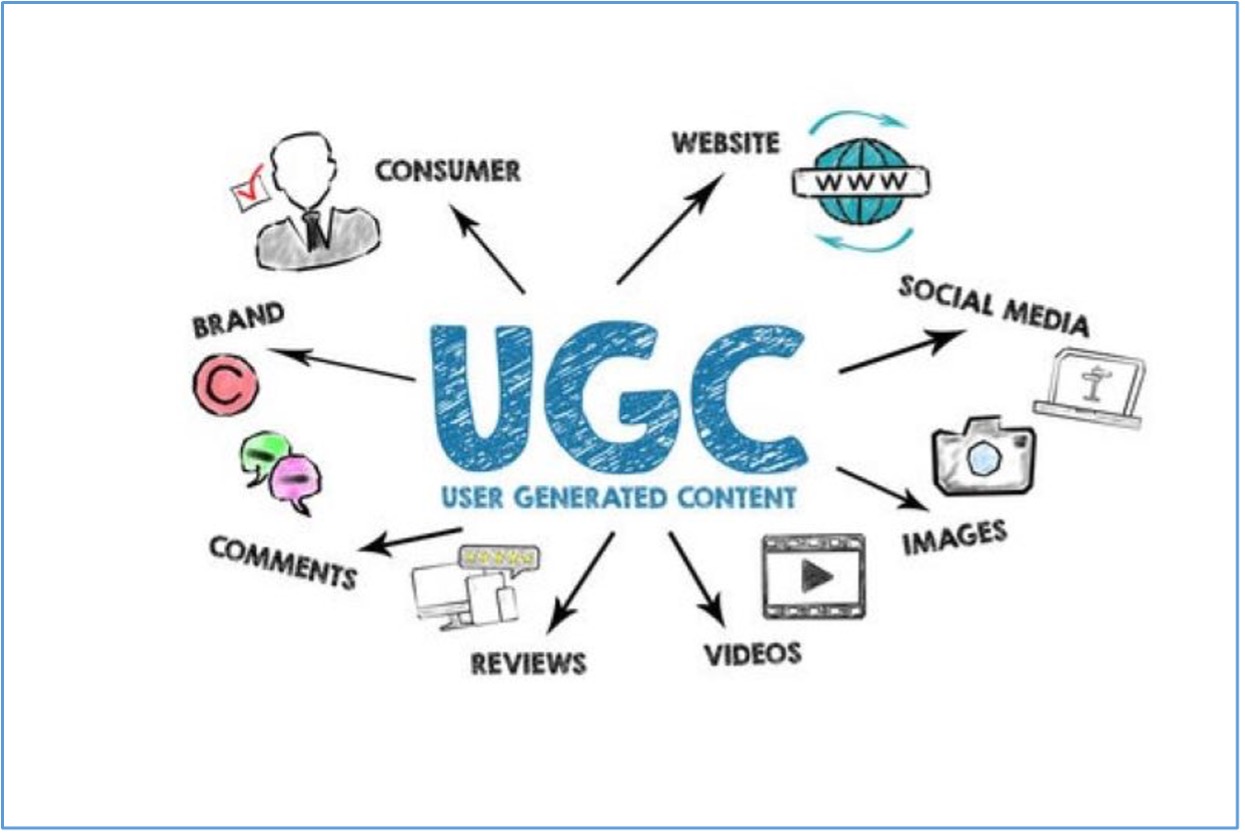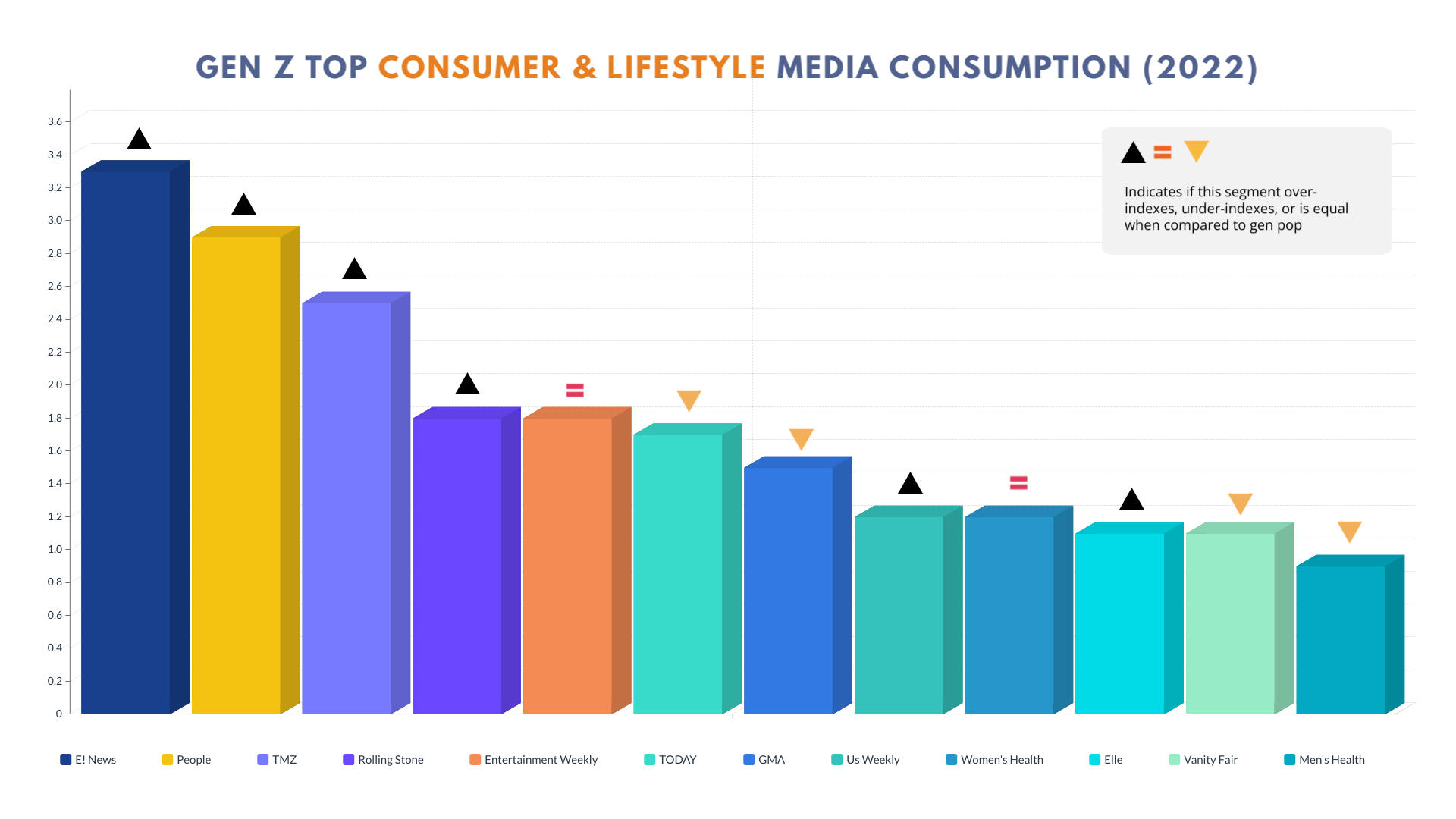Examining the Impact of User-Generated Content on Brand Loyalty among Gen Z
Meta Description: Discover how user-generated content influences brand loyalty among Gen Z consumers. Learn about effective strategies, case studies, and insights that can elevate your marketing efforts.
In today's digital landscape, brands are recognizing the significant role that user-generated content (UGC) plays in shaping consumer perceptions and building brand loyalty. Among the most influential demographics in this era is Generation Z, often referred to as Gen Z—comprised of individuals born from the mid-to-late 1990s to the early 2010s. This vibrant generation is changing the rules of engagement, necessitating a deeper understanding of how UGC can impact brand loyalty.
As a digital marketing expert with over five years of experience and a passion for helping brands optimize their SEO performance, I have seen firsthand the power of harnessing community-generated content. In this comprehensive blog post, we will delve into the nuances of UGC, its effectiveness in building loyalty among Gen Z, and how brands can strategically leverage this trend to foster engagement and long-term consumer relationships.
Understanding User-Generated Content
What is User-Generated Content?
User-generated content refers to any content—text, videos, images, reviews, etc.—that is created by consumers or users rather than brands themselves. This content often appears on social media platforms, review sites, and brand websites, showcasing real experiences and opinions from customers. This authentic representation has become a valuable asset for brands keen on building trust and loyalty among consumers.

Why UGC Matters
According to research by Nielsen, 92% of consumers trust organic, user-generated content more than traditional advertisements. User-generated content can help brands create a sense of community, boost brand credibility, and foster emotional connections, all of which are critical components of brand loyalty.
Gen Z: The New Wave of Consumers
Characteristics of Gen Z
Gen Z consumers are recognized for their distinct preferences and tendencies, shaped by growing up in a digital world. Here are some notable characteristics:
- Digital Natives: Having been raised with technology and social media, Gen Z has an innate understanding of digital environments.
- Authenticity Seekers: This generation values authenticity and transparency; they gravitate toward brands that are genuine in their communications.
- Socially Conscious: Gen Z is more likely to support brands that align with their values, such as sustainability and inclusivity.

Social Media Habits of Gen Z
According to Pew Research Center, 81% of Gen Z uses Instagram and they engage extensively with content that comes from their peers. Additionally, they are twice as likely to engage with branded content featuring user contributions. Their preferences highlight the importance of leveraging UGC as part of a broader marketing strategy.
The Intersection of UGC and Brand Loyalty
Trust Building Through UGC
User-generated content plays a crucial role in building trust. In fact, a survey by TurnTo Networks revealed that consumers are 79% more likely to trust a brand that uses UGC. This trust is built on the belief that real customers endorse the brand, rather than relying on potentially skewed promotional messaging.
Engagement and Community Building
The psychology behind UGC is laid out in Cialdini’s Principles of Influence, particularly the concept of social proof. When consumers see their peers engaging with a brand, it reinforces their desire to be part of that community. Brands can utilize UGC to highlight customer stories, testimonials, and experiences, encouraging further engagement and fostering a sense of belonging among followers.

Case Studies of Successful UGC Campaigns
GoPro: GoPro encourages customers to share their adventure videos, resulting in a vibrant community of brand advocates. The user-generated footage promotes authenticity, and it has helped the brand cultivate significant loyalty among extreme sports enthusiasts and adventurers.
Coca-Cola’s “Share a Coke” Campaign: This campaign invited consumers to share photos of bottles featuring their names. This interactive experience not only increased sales but also significantly raised brand attachment among Gen Z consumers.
Practical Insights for Leveraging UGC
Best Practices for UGC Campaigns
To tap into the benefits of UGC, brands should follow these best practices:
Create Clear Guidelines: Define what kind of content you want users to submit, ensuring clarity and alignment with your brand values.
Encourage Engagement: Engage users through contests, challenges, or giveaways, incentivizing them to share content featuring your products or experiences.
Feature User Content: Regularly showcase and celebrate user contributions across your brand’s channels, making contributors feel valued and part of the community.
Tools and Platforms for UGC
Brands looking to effectively gather and curate UGC can leverage several platforms, including:
| Platform | Purpose |
|---|---|
| Taggbox | UGC aggregation and display solutions |
| Yotpo | Collecting customer reviews and ratings |
| Sprout Social | Social media management and analytics |
Measuring the Impact of UGC
Brands can measure the impact of UGC on brand loyalty by tracking:
- Engagement Rates: Compare UGC engagement against traditional brand content.
- Brand Sentiment Analysis: Monitor customer perceptions and feelings about the brand through feedback and comments.
- Conversion Rates: Analyze conversions that can be attributed to UGC efforts.
Ethical Considerations in UGC
Transparency is key. Brands should always seek permission from users before showcasing their content and provide appropriate credit to maintain trust. This approach resonates deeply with Gen Z's desire for authenticity and respect for their contributions.
Emerging Trends in UGC and Brand Loyalty
The Rise of Micro-Influencers
Brands are increasingly partnering with micro-influencers—individuals who often belong to Gen Z themselves—who can provide authentic representations of the brand. Data shows that micro-influencers can achieve higher engagement rates compared to higher-profile celebrity endorsements, ultimately leading to trusted partnerships.
Adapt or Fall Behind
As consumer preferences evolve, understanding the trends shaping brand loyalty among Gen Z is vital. Brands must adapt to new marketing avenues, especially those that emphasize collaboration and community-building through UGC.
Conclusion
User-generated content stands as a powerful tool in building brand loyalty, particularly among the ever-influential Gen Z demographic. By understanding the intricacies of how UGC shapes consumer behavior, marketers and brand managers can develop strategies to cultivate community and foster trust among their audiences.
As you strategize your UGC campaigns, consider implementing the insights shared in this post to elevate your marketing efforts. Engaging authentically with your audience and celebrating their contributions not only enhances loyalty but also forms lasting emotional connections with your brand. Keep the conversation going—explore more resources, engage with your audience, and witness the impact of UGC on your brand loyalty journey!
